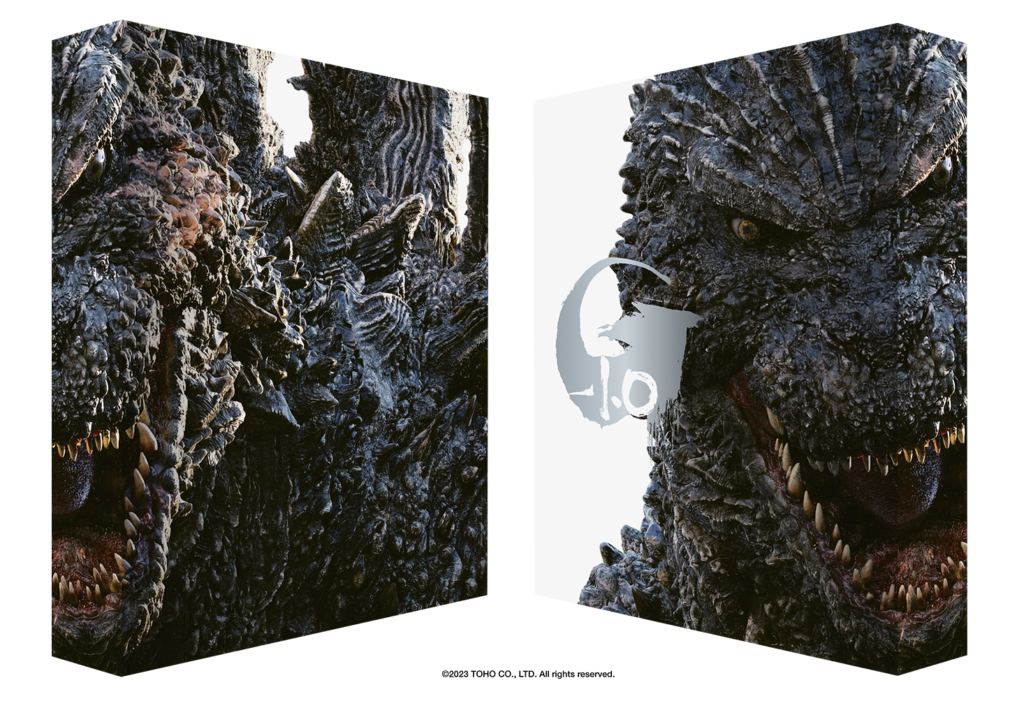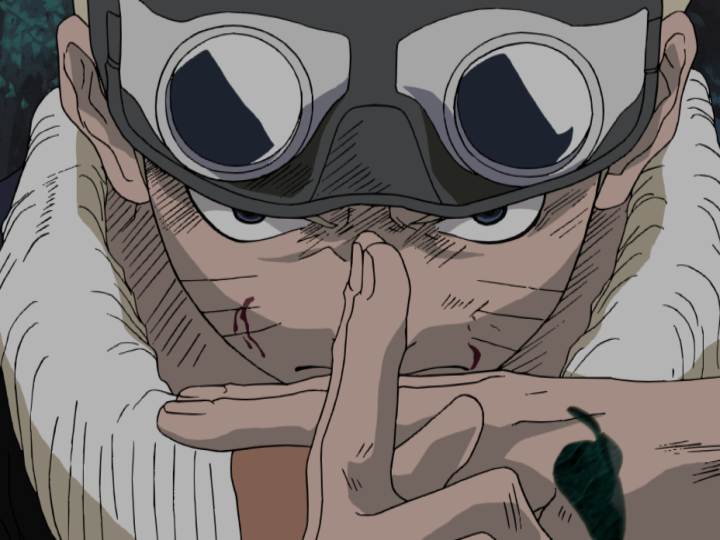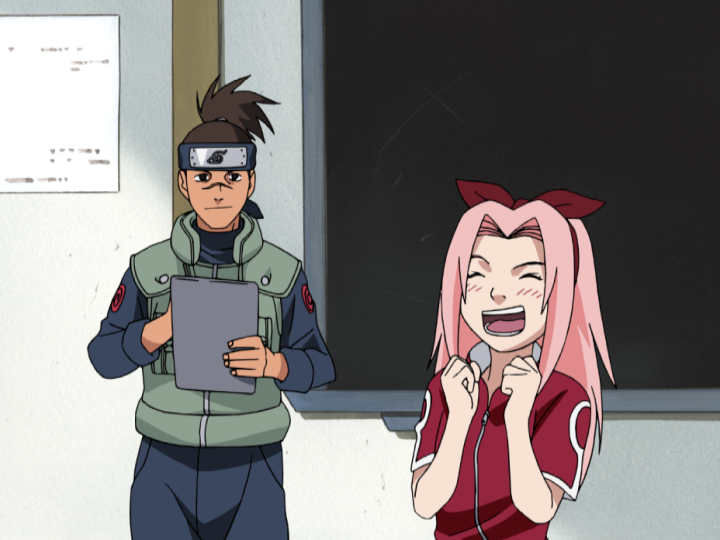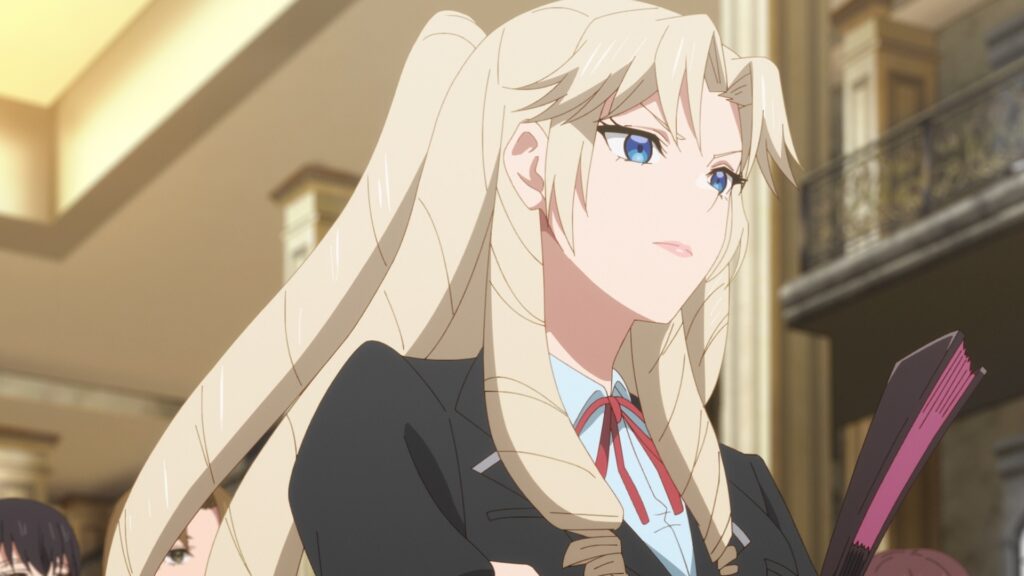Anime News / Relive the worlds of Studio LAIKA with Coraline and more on 4K Steelbook this holiday
« on: October 18, 2024, 12:36:42 PM »Stop-motion animated classics Coraline, Boxtrolls, ParaNorman, Kubo & The Two-Strings available to pre-order now!
London, UK, 17th October 2024 – This holiday season, treat the family or the film collector in your life to the critically acclaimed films of LAIKA, who set a new benchmark for stop-motion animation. Anime Limited, in association with LAIKA, are excited to reveal the brand-new 4K UHD & Blu-ray Limited Edition Steelbooks for these cult classic films, which are available to pre-order now from all good retailers.
Directed by Henry Selick (The Nightmare Before Christmas) and widely considered one of the best animated films of all time, the dark fantasy Coraline celebrates its 15th anniversary by leading the line-up alongside the fantasy comedy The Boxtrolls on 2nd December 2024, with the family horror ParaNorman and action fantasy Kubo and the Two Strings following on 16th December. The films all received Academy Award nominations for Best Animated Film in their respective release years, with Kubo and the Two Strings also winning the BAFTA Award for Best Animated Films. Returning these celebrated films to the wider market just in time for the holidays marks Anime Limited’s continued commitment to celebrated animated film and physical media, even beyond Japanese animation.
Each title will be available on both 4K UHD & Blu-ray Limited Edition Steelbook (limited to 2,000 copies each across all retailers), as well as Standard Edition Blu-ray. Pre-orders are open now in the United Kingdom, Ireland and France, and will also be available in Italy, Germany, Benelux, Spain, and Portugal through PLAION PICTURES.
Synopsis:
From Henry Selick, the director of The Nightmare Before Christmas and James And The Giant Peach, comes a visually stunning stop-motion feature!
Coraline Jones is bored in her new home until she finds a secret door that leads into a world that’s just like her own … but better! But when this fantastical adventure turns dangerous and her “other” mother tries to keep her forever, Coraline must count on her resourcefulness and bravery to get home.
The 4K UHD and Blu-ray Limited Edition Steelbook includes the film on both 4K UHD and Blu-ray discs, while the Standard Edition Blu-ray includes the film on one Blu-ray disc.
Bonus Features (included on the Blu-ray disc) include Making Of featurettes, an audio commentary with director Henry Selick and composer Bruno Coulais, concept art, deleted scenes, and more.
Audio: English, French, Spanish
Subtitles: English SDH, French, Spanish
Runtime: 101 minutes
Synopsis:
From the creators of Coraline and ParaNorman comes a magical family adventure about heroes of all shapes and sizes: The Boxtrolls. Quirky, mischievous and goodhearted, these box-wearing creatures have lovingly raised a human boy named “Eggs” in a charming cavern below the bustling streets of Cheesebridge. But when evil Archibald Snatcher (Ben Kingsley) decides to capture the lovable misfits, it’s up to Eggs (Isaac Hempstead Wright) and his feisty young friend, Winnie (Elle Fanning), to save the Boxtrolls. Also featuring the voice talents of Jared Harris, Nick Frost, Toni Collette and Tracy Morgan.
The 4K UHD and Blu-ray Limited Edition Steelbook includes the film on both 4K UHD and Blu-ray discs, while the Standard Edition Blu-ray includes the film on one Blu-ray disc.
Bonus Features (included on the Blu-ray disc) include Making Of featurettes, an audio commentary with directors Graham Annable and Anthony Stacchi, concept art, and more.
Audio: English, French, Spanish
Subtitles: English SDH, French, Spanish
Runtime: 96 minutes
Synopsis:
From the makers of Coraline comes the story of Norman, a boy who must use his ability to see and speak with the dead to save his town from a centuries-old curse. In addition to spooky zombies, he’ll also have to take on mysterious ghosts, wily witches, and, worst of all, clueless grown-ups. But this young ghoul whisperer will soon find his paranormal abilities pushed to their otherworldly limits.
Featuring the voice talents of Kodi Smit-McPhee, Anna Kendrick, Casey Affleck, Christopher Mintz-Plasse, Leslie Mann, Jeff Garlin and John Goodman, it’s a frightfully funny and magically thrilling adventure for the whole family in eye-popping stop-motion.
The 4K UHD and Blu-ray Limited Edition Steelbook includes the film on both 4K UHD and Blu-ray discs, while the Standard Edition Blu-ray includes the film on one Blu-ray disc.
Bonus Features (included on the Blu-ray disc) include Making Of featurettes, an audio commentary with writer/director Chris Butler and Co-Director Sam Fell, concept art, and more.
Audio: English, French, Spanish
Subtitles: English SDH, French, Spanish
Runtime: 92 minutes
Synopsis:
From the acclaimed animation studio LAIKA (Coraline) comes an epic original action adventure featuring the voice talents of Academy Award® winners* Charlize Theron and Matthew McConaughey. Kubo mesmerizes the people in his village with his magical gift for spinning wild tales with origami. When he accidentally summons an evil spirit seeking vengeance, Kubo is forced to go on a quest to solve the mystery of his fallen samurai father and his mystical weaponry, as well as discover his own magical powers.
*Charlize Theron: 2003: Best Actress In A Leading Role, Monster, Matthew McConaughey: 2013: Best Performance By An Actor In A Leading Role, Dallas Buyer’s Club
The 4K UHD and Blu-ray Limited Edition Steelbook includes the film on both 4K UHD and Blu-ray discs, while the Standard Edition Blu-ray includes the film on one Blu-ray disc.
Bonus Features (included on the Blu-ray disc) include Making Of featurettes, an audio commentary with director/producer Travis Knight, concept art, an audio descriptive track, and more.
Audio: English, French, Spanish
Subtitles: English SDH, French, Spanish
Runtime: 96 minutes
About LAIKA
LAIKA was founded in 2005 in Oregon by President & CEO Travis Knight. The studio’s five films Coraline (2009), ParaNorman (2012), The Boxtrolls (2014), Kubo and the Two Strings (2016) and Missing Link (2019) have all been nominated for the Academy Award® for Outstanding Animated Feature. Kubo and the Two Strings won the BAFTA® Award for Best Animated Film and received an additional Oscar® nomination for Visual Effects. Missing Link was awarded the Golden Globe® for Best Animated Film. LAIKA was awarded a Scientific and Technology Oscar® in 2016 for its innovation in 3D printing. LAIKA is currently in production on its next animated film Wildwood. The studio is developing the animated feature films The Night Gardener, from an original idea by Bill Dubuque, creator of the hit series Ozark, and Piranesi, based on the NYT bestselling novel by Susanna Clarke. LAIKA has launched a Live Action subsidiary with a range of projects in development including feature films based on the action thriller novel Seventeen by screenwriter John Brownlow and an original script Crumble, written and directed by Brian Duffield with Phil Lord and Chris Miller producing. Oscar®-nominated screenwriter Jon Spaihts (Dune) will write and make his directorial debut on another original live action film project. www.laika.com
About Anime Ltd
Founded in 2012, Glasgow-based Anime Limited is a subsidiary of PLAION PICTURES and represents Japanese animation interests in the UK, France, and beyond. With a thoughtfully curated lineup of films, series, and soundtracks, Anime Limited has earned its title of Europe’s favourite anime distributor. Whether through fan-centric cinema runs, beautifully packaged collector’s editions, or sharing the best of anime music on vinyl, We offer bespoke experiences for all fans for titles such as Attack on Titan, BELLE, Cowboy Bebop, JUJUTSU KAISEN, Neon Genesis Evangelion, One Piece Film: RED, Spy x Family CODE: White, Your Name, and Weathering with You.
About Plaion Pictures
PLAION PICTURES is one of Europe’s leading independent film labels with headquarters just at the gates of Munich. We offer tailor-made marketing solutions for films and series on all channels, from cinema to TV and home entertainment to innovative digital offers.
Our goal is to entertain people with exciting, moving or humorous content – anytime and anywhere. Our unique and wide-ranging portfolio also includes a large number of renowned art house productions, numerous successful and award-winning theatrical releases and a library of over 1,600 titles. Moreover, movie fans also appreciate our high-quality special editions, which turn classics into new film experiences.
Plaion is headquartered in Planegg near Munich and has branches in Germany, the United Kingdom, France, Spain, Italy, Sweden, the Netherlands, Austria, Switzerland, Poland, Australia, the United States, Japan and Hong Kong. For more information, visit www.plaion.com .
Source: Relive the worlds of Studio LAIKA with Coraline and more on 4K Steelbook this holiday







































